The 20 greenest destinations on Earth
As each passing year continues to break heat records, we round up 20 of the world’s greenest destinations – from self-sufficient villages in Italy to pioneering national parks in Rwanda.
20. Azores Islands
The autonomous Portuguese archipelago made up of nine volcanic islands has been named one of the world's most sustainable destinations in the Sustainable Destinations Global Top 100. The Azores have earned their green credentials with a host of policies tapping into renewable energies – wind, geothermic and biomass – which currently generate 28% of electricity on the islands, with a 75% target for 2018.
Protecting the local wildlife and environment is also important to islanders. The number of protected areas, including UNESCO Biosphere Reserves and European Geoparks, is continually on the rise, while a raft of well-regulated snorkelling, diving and whale-watching trips are the best ways to experience the marine life, which includes dolphins, turtles, sperm whales, seabirds, pelagic fishes and cold-water corals.
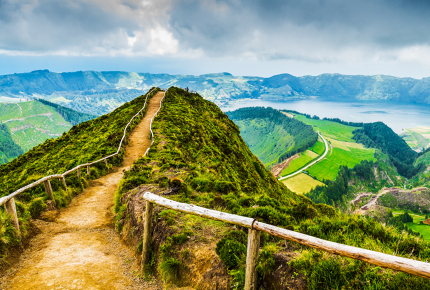 A twin lake in the crater of a volcano on the Azores archipelago
A twin lake in the crater of a volcano on the Azores archipelagoVickySP / Thinkstock
19. Ecuador
The first country to recognise the rights of nature in its constitution, Ecuador has been named the World’s Leading Green Destination at the World Travel Awards for four years in a row.
As well as laying claim to the Galapagos Islands, Ecuador boasts a huge chunk of Amazon rainforest and is one of the last bastions of South American cloud forest. The country is not without its environmental issues (tempting oil reserves lie beneath the rainforest), but it remains one of the most biodiverse destinations on the planet and offers some of the best eco-lodges in South America.
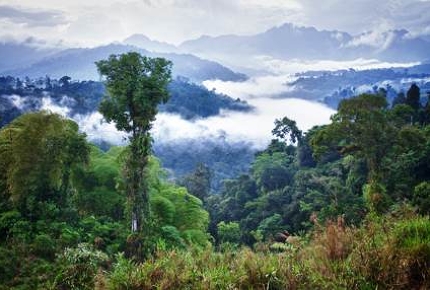 Ecuador's lush rainforest
Ecuador's lush rainforestKalistratova / Thinkstock
18. Freiburg, Germany
After being heavily bombed in World War II, this small German town rebuilt itself from the ground up using ecologically friendly methods, and most noticeably, implementing neighbourhood centres where people’s daily needs are within walking or biking distance. In addition, the local law requires new houses to use no more than 65 kilowatt-hours of heating energy per square meter per year, 10 kilowatt-hours lower than the national standard. Solar panels can be found on almost every building in Freiburg; in fact there are 60 homes in the city that create more solar energy than they consume, earning 6,000 euros per year for the residents.
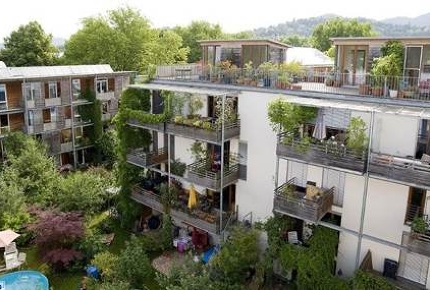 An eco-friendly 'inner city' district in Freiburg
An eco-friendly 'inner city' district in Freiburgwww.freiburg.de
17. Rwanda
If you’re visiting Rwanda on the last Saturday of the month, then you better pack a litter picker. Why? Because your trip will coincide with umuganda, a day of national housekeeping when every citizen (including the president) goes out to clean the country. This monthly spruce up – and the fact Rwanda has banned plastic bags – makes it one of the cleanest nations on the planet. But that’s just the tip of the eco iceberg. Thanks to its conservation efforts, Rwanda’s endangered mountain gorillas, along with lions and rhinos, are thriving. In addition, nearly 80% of Rwandans take part in monthly community work, building schools, medical centres and hydro-electric plants, as well as rehabilitating wetlands and creating highly productive agricultural plots.
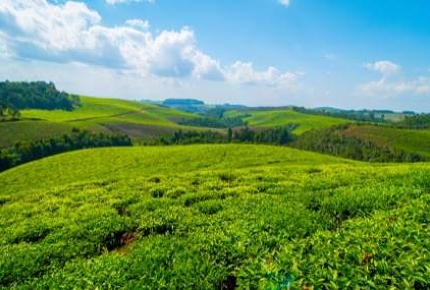 Tea plantation in Rwanda
Tea plantation in RwandaSbedaux / Thinkstock
16. Torri Superiore, Italy
Thought to date from the late 13th century, the medieval village complex of Torri Superiore in the Ligurian Alps is an eco-village that has been restored using sustainable wood, environmentally friendly paint and local materials. Some 20 residents, along with chickens and donkeys, currently live in the commune, where hot water is heated through solar panels, the toilets are compostable, and food is grown on-site in permaculture gardens and fruit orchards. Visitors can stay in the village, learning about sustainable living and taking part in work exchange holidays.
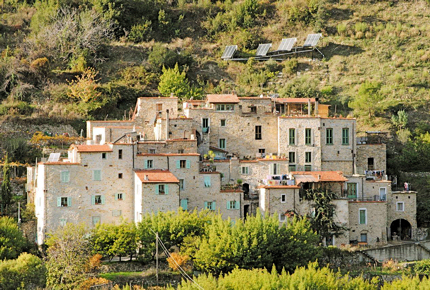 Torri Superiore is an eco-village in the Ligurian Alps
Torri Superiore is an eco-village in the Ligurian AlpsTorri Superiore Facebook
15. Uruguay
Being the first country in the world to legalise weed, you may think that ‘green’ means someone sparking up a bifter in Uruguay, but this South American nation is actually a haven of environmental goodness. Wind, water and agricultural waste generated 95% of Uruguay’s electricity as of 2015, up from 90% in 2014, as part of the country’s quest to do without oil. Its hippie enclaves like Cabo Polonio on the coast are also wooing tourists with a back to basics lifestyle of no electricity, no roads and communal candlelit meals.
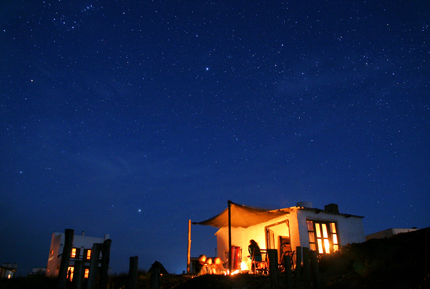 Cabo Polonio in Uruguay offers a back to basics lifestyle
Cabo Polonio in Uruguay offers a back to basics lifestyleCreative Commons / Montecruz Foto
14. The Isle of Eigg, Scotland
Floating off the coast of mainland Scotland, The Isle of Eigg is owned by a consortium of local residents, the Highland Council and the Scottish Wildlife Trust, who pooled their resources together in 1997 to buy the island.
Since signing the deeds, Eigg’s empowered owners have established the world’s first completely renewable electricity grid, developed a sustainable ecotourism industry and ensured the island remains a haven for wildlife such as minke whales, golden eagles and puffins. They’ve also opened a cosy community pub called the Whales Head, which, in true Eigg fashion, has a round pool table.
 Residents on the Isle of Eigg celebrate life's simple pleasures
Residents on the Isle of Eigg celebrate life's simple pleasuresCreative Commons / isleofeigg
13. Bristol, Britain
When it comes to radical thinking and ethical living, Bristol delivers. The 2015 European Green Capital has not only achieved impressive feats such as its zero-waste-to-landfill status, but it has also introduced a string of unusual green initiatives, including a bus run on poo – Britain’s first bus to be powered by human and food waste.
But the city's eco credentials are not just down to clever technology. Bristolians use less energy per household than any other UK city. And even the concept of sustainable food pushes boundaries in Britain’s most radical city, with places like Skipchen – a café that makes dishes from previously discarded food ingredients – grabbing headlines for all the right reasons.
 Skipchen makes yummy dishes from discarded food ingredients
Skipchen makes yummy dishes from discarded food ingredientsthebristolskipchen.wordpress.com
12. Switzerland
When it comes to environmental protection, the Swiss are militant – and who can blame them? They want to preserve their wonderful, snow-shrouded mountains, rosemary-coloured hills, trickling streams and world-class skiing. They’re also fields ahead in the race to be green. Consistently ranked number one in the world for sustainable tourism in the Global Travel and Tourism Competitiveness Reports, Switzerland continues to reduce emissions, embrace renewable energy, improve water quality, and commit to maintaining biodiversity.
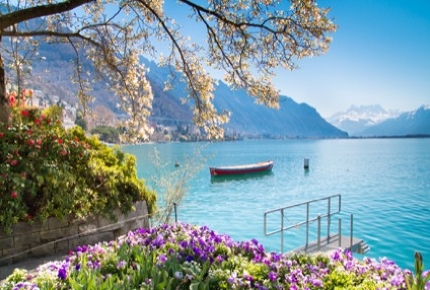 Lake Geneva, Switzerland
Lake Geneva, SwitzerlandMichalLudwiczak / Thinkstock
11. Chumbe Island
Thailand take heed – this is how island tourism should be done. Privately managed by a non-profit organisation (the only one of its kind in Africa), tiny Chumbe island is breaking ground when it comes to marine conservation. Just 32km (20 miles) off the coast of mainland Tanzania, Chumbe’s shallow turquoise waters are home to one of the most spectacular reefs in the world. Only 16 guests are permitted to visit the island at any one time, staying in rustic eco-lodges situated within the island’s forest reserve. Expect no Wi-Fi, no TV and no worldly worries.
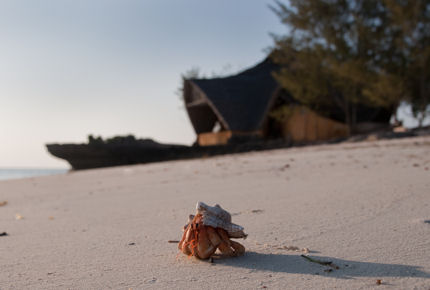 Chumbe's sands are shared only with the local wildlife
Chumbe's sands are shared only with the local wildlifeChumbe Island / www.chumbeisland.com
10. Ljubljana, Slovenia
In the past decade, the biggest city in Slovenia has turned its environmental sustainability around, becoming the first capital in the EU in the ‘zero waste’ program, and working tirelessly to create and preserve its public green areas which make up a third of Ljubljana’s territory. The city centre, once dominated by cars, has shifted its focus to pedestrians and cyclists. The results? They won the title ‘European Green Capital’ in 2016.
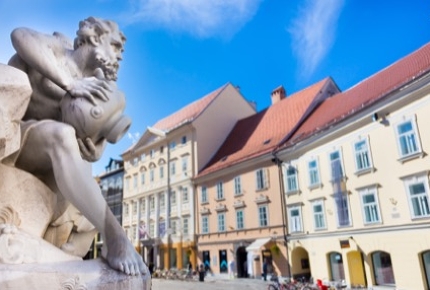 Ljubljana has pedestrian friendly streets
Ljubljana has pedestrian friendly streetsKatso80 / Thinkstock
9. Oslo, Norway
Sustainability has been a way of life for Norwegians for decades now, so much so that you don’t notice it anymore. Yet in Oslo, they just keep bettering themselves. The list of eco-certified hotels is growing, and Vulkan, its new eco-friendly neighbourhood has a series of 300-meter deep geothermal wells that heat all its building in the winter and keep them cool in the summer.
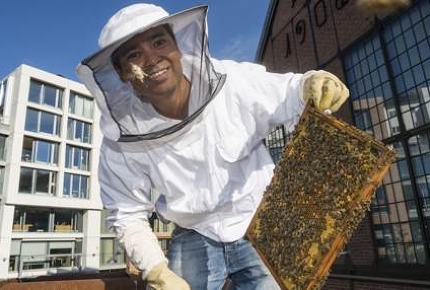 Urban beekeeping in Vulkan, a new eco-friendly neighborhood
Urban beekeeping in Vulkan, a new eco-friendly neighborhoodwww.vulkanoslo.no
8. Iceland
Iceland is a land of staggering natural beauty. Located on the mid-Atlantic ridge, it’s also one of the most tectonically active places in the world, with over 200 volcanoes and 600 hot springs, as well as numerous glaciers and waterfalls. This abundance of natural hydro and geothermal resources supplies nearly 100% of the country’s electricity consumption and 85% of its total primary energy consumption, making Iceland the world’s largest green energy producer per capita.
 Iceland is a world leader in harnessing renewable energy
Iceland is a world leader in harnessing renewable energyMartinM303 / Thinkstock
7. San Francisco
San Francisco has long been a haven for progressive social movements, but today it is most famous for being the eco-friendliest city in America. It became the first city in the US to ban single-use plastic bags in 2007, and has the highest per-capita prevalence of eco-friendly services, which includes green architects and cleaning services. San Francisco also has a plan to be completely waste-free by 2020, and its residents use half as much water as the rest of Californians.
 San Francisco, the eco-friendliest city in America
San Francisco, the eco-friendliest city in AmericaBertl123 / Thinkstock
6. Curitiba, Brazil
Only decades ago, Curitiba was no more than an outpost for travellers moving between São Paulo and its surrounding agricultural regions; but it has grown to become one of the most environmentally-friendly cities in the world. Noticeable achievements include:
- * An ultra-efficient bus rapid transit system serving 85 percent of its residents.
- * A Green Exchange program where its 10,000 residents trade trash for food.
- * While many cities build landfills to keep up with the ever-growing amount of trash, Curitiba recycles 70% of its garbage, minimising the need for more landfills.
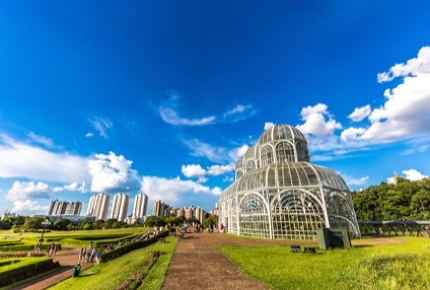 Curitiba has effective environmental protection programs
Curitiba has effective environmental protection programsPaulobaqueta / Thinkstock
5. Helsinki, Finland
Helsinki has cars in its crosshairs. By 2025, the authorities hope to make car ownership a thing of the past and, in the process, will change the way we travel forever. At least that’s the plan. Technology lies at the heart of this transport revolution: at the tap of a finger smartphone users can summon on-demand buses, which use algorithms to form the best routes for its passengers. Add that to the city’s ubiquitous nature reserves and stringent eco policies, and you have one of the greenest capitals in Europe.
 Helsinki aims to go car-free by 2025
Helsinki aims to go car-free by 2025Shalamov / Thinkstock
4. Singapore
Singapore is so involved in the green movement that its Public Utilities Board has a highly efficient strategy to catch rainwater, invest millions in desalination plants, as well as reclaim wastewater (sewage). That’s right – known as NEWater, it is recycled water which uses advanced membrane technologies and ultra-violet disinfection to produce high-quality drinking water. It is mainly used by the industries now, and added to the reservoirs to blend with raw water during dry periods. Apart from water, there are more than 1,650 buildings in Singapore have been made environmentally friendly since 2005; and the government has the goal of increasing the recycling rate to 70 percent by 2030.
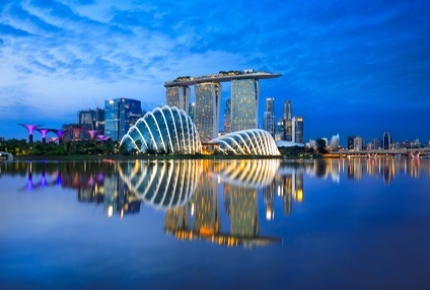 Singapore recycles wasterwater to produce drinking water
Singapore recycles wasterwater to produce drinking waterPatrick Foto / Shutterstock
3. Vancouver, Canada
Surrounded by nature, and with residents keen on protecting it, it’s no surprise Vancouver ranks as one of the greenest cities on the planet. Although walking and cycling are the most popular ways of getting around, the city has also embraced other eco-friendly transportation; from electric buses to hybrid taxis. But that’s not it. The city that gave birth to Greenpeace in 1971 is aiming to become the world's greenest by 2020. With everything on the agenda from fighting climate change to reducing carbon emissions and harnessing renewable energy, it's an ambitious goal but a very honourable one at that.
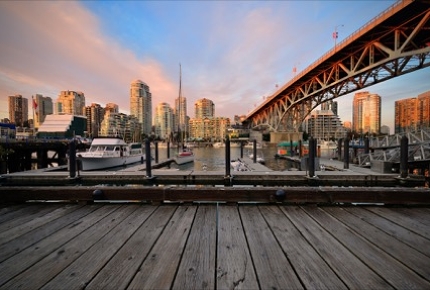 Vancouver gave birth to Greenpeace in 1971
Vancouver gave birth to Greenpeace in 1971Songquan Deng / Thinkstock
2. Sweden
Whether it’s taking a summer dip in central Stockholm or contributing your waste to power public transport, Sweden’s eco mantra generates some interesting tourist experiences. And there’s plenty more happening behind the scenes. With the country leading the way in recycling, renewable energy and organic food consumption, it’s no surprise Sweden tops the bill in the Global Green Economy Index almost every year.
But it isn’t all modern-day innovations; one of Sweden’s constitutional laws, allemansrätt (‘freedom to roam’) grants citizens unwavering access to all of the region’s countryside, whether it be privately or publicly owned (camping is also permitted) – perfect if you really want to immerse yourself in nature.
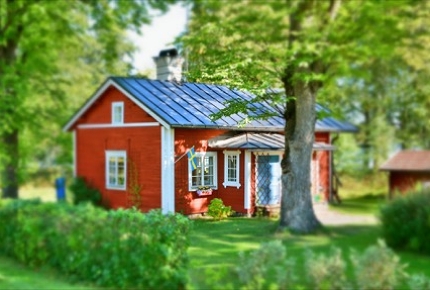 Sweden's countryside is charming
Sweden's countryside is charming Lindhgren / Thinkstock
1. Copenhagen, Denmark
The true culture of a city comes out during rush hour – New Yorkers are brash, Londoners miserable and Copenhagen’s residents? Just like their city: unwaveringly green. Joining the throng of two-wheeled commuters (roughly as many people cycle to work in Copenhagen as those in the entire USA) is a great way to experience the sustainability of the Danish capital.
On two wheels you’ll pass buildings with green roofs (mandatory for all new flat-roofed structures), restaurants that make tasty meals out of would-be waste products (Rub & Stub), and when crossing the Cykelslangen, a purpose-built cycle bridge that snakes playfully over the city’s harbour, solar-powered picnic boats.
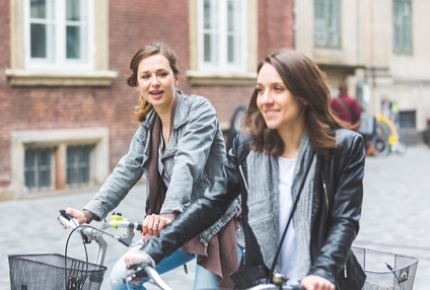 Two-wheeled commuters in Copenhagen
Two-wheeled commuters in CopenhagenWilliam87 / Thinkstock
Do you have any Feedback about this page?
© 2026 Columbus Travel Media Ltd. All rights reserved. No part of this site may be reproduced without our written permission, click here for information on Columbus Content Solutions.









 You know where
You know where